Honda S7 and P7 sales in China fall short of expectations, significantly lagging behind Toyota and Nissan.
 RobertSep 04, 2025, 03:49 PM
RobertSep 04, 2025, 03:49 PM
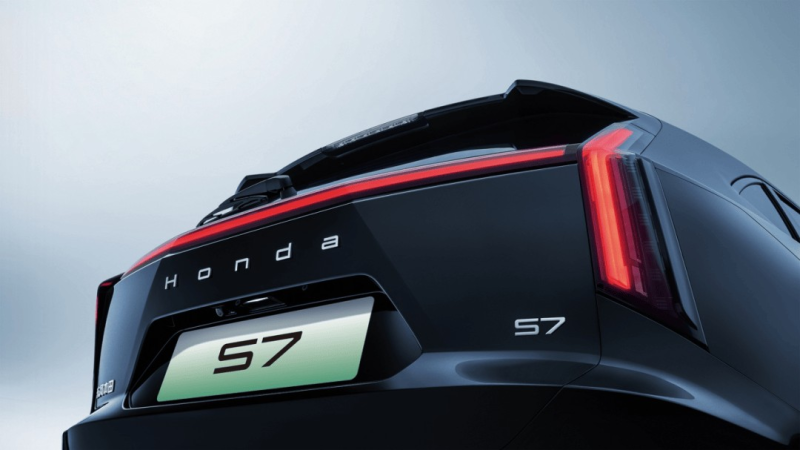
[PCauto] This year, many people are worried about the survival of Nissan. In fact, Honda's situation is equally concerning.
Honda's latest performance report (April 1, 2025 to June 30, 2025) shows that Honda's global automobile sales volume was 839,000 units, a decrease of approximately 30,000 units compared to 869,000 units from April 1, 2024 to June 30, 2024, representing a year-on-year decline of 3.4%.
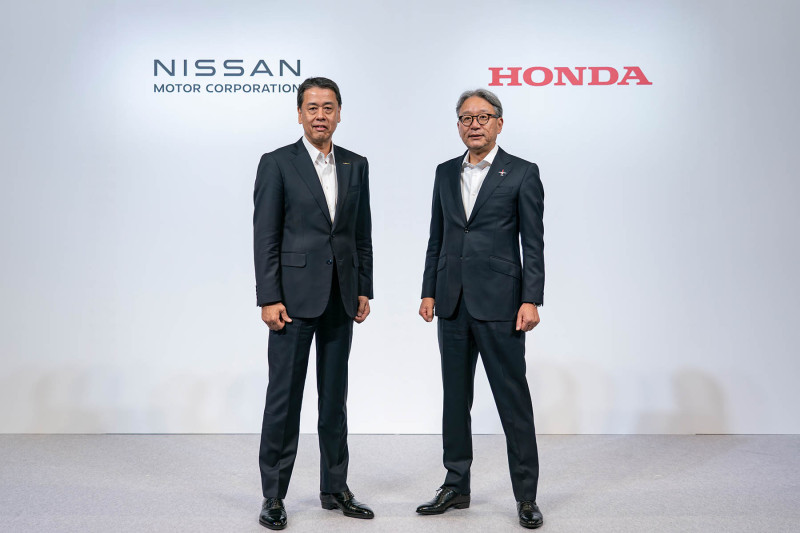
Reasons for Honda's Sales Decline in Europe, China, and Japan
It is worth noting that this 3.4% decline is not a result of a global automotive market downturn, but rather the inability of Honda's growth in the North American market (an increase of 52,000 units) to offset the decline in the Chinese, European, and Japanese markets (a total decrease of 142,000 units). Among these, Europe saw the largest decline at -27%, followed by China (-23%), and Japan, which had the smallest decline of the three, but still reached -12.1%.
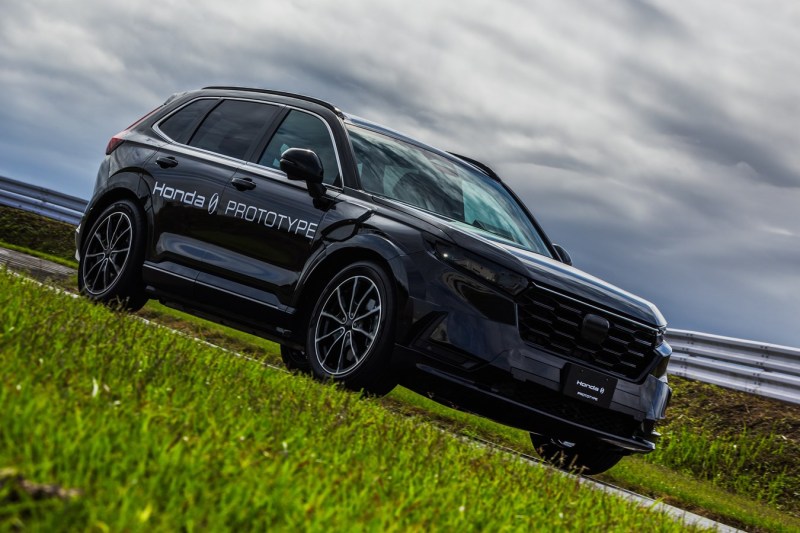
Regarding the decline in European sales, Honda explained: Europe's strict "carbon neutrality policies" have forced the market to transition to electrification, leading to a rapid reduction in fuel vehicle sales for Honda. Meanwhile, Honda's EV/PHEV product lineup in Europe is not comprehensive and lacks competitiveness compared to rivals such as Volkswagen and BMW.
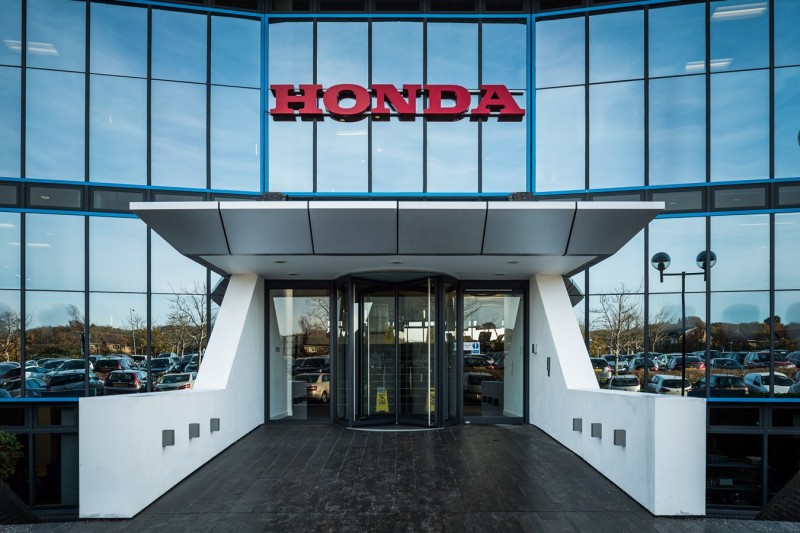
Regarding the decline in sales in China, Honda believes that intensified competition from Chinese domestic brands (especially in the electric vehicle sector) has squeezed Honda's market share. Meanwhile, Honda's EV products are still in the "introduction phase," lacking economies of scale to counteract the decline in fuel vehicle sales.
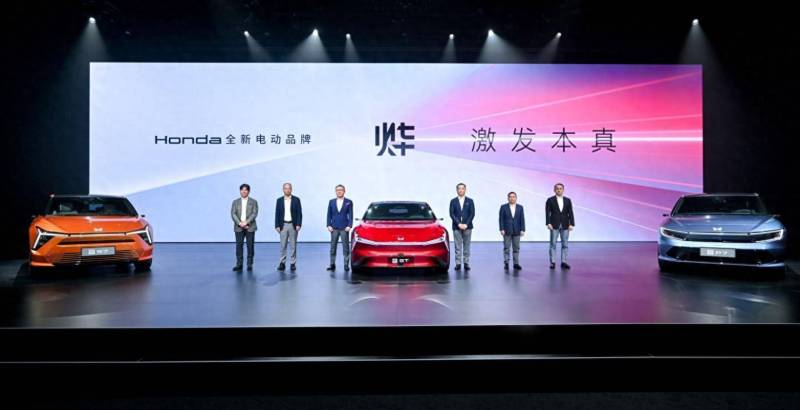
In Japan, the decline is attributed to an aging population, with a shrinking core consumer group for new cars. Additionally, Japan's domestic charging infrastructure development lags behind, hindering the promotion of EV models.
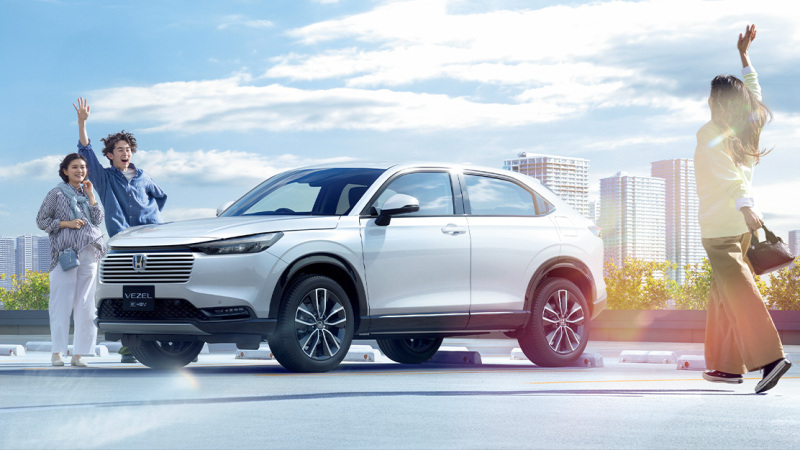
In summary, Honda attributes the main reason for the sales decline to the EV product scale issue, arguing that Honda's EV products are still in the introduction phase and therefore unable to gain an advantage in the market.
Honda has yet to start joint EV development with the Chinese team
To avoid losing the Chinese market, which boasts an annual new car sales volume exceeding 20 million units, Japanese automakers are adjusting their strategies to adapt to changes in the Chinese market and promote their approaches globally.
For example, Toyota introduced the REC system (Regional Chief-Engineer, China Chief Engineer) in China, while Nissan and Mazda have used models like the N7 and EZ-6 for export to other countries and regions.
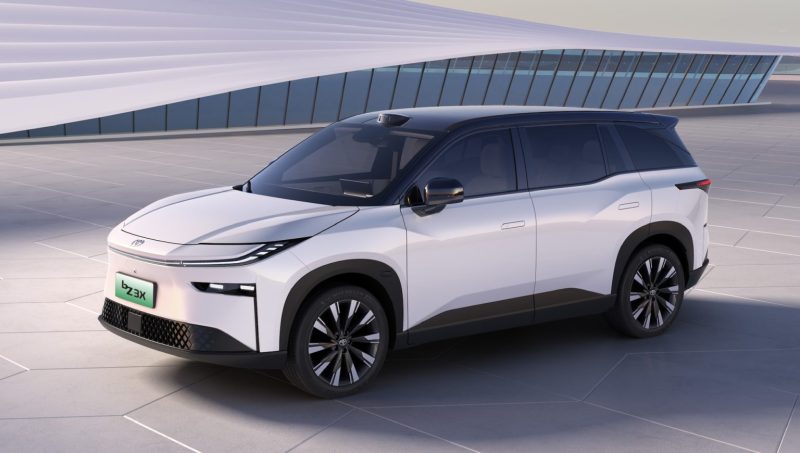
Honda insists on independently developing electric vehicles and rarely collaborates with its partners Dongfeng and GAC in developing EVs.
As a result of Honda's "stubborn" decision, it launched the electric SUVs S7 and P7, but the sales of these two models in the Chinese market fell far short of expectations. According to the latest data from 2025, the cumulative sales of the Honda S7 and P7 are only in the hundreds.
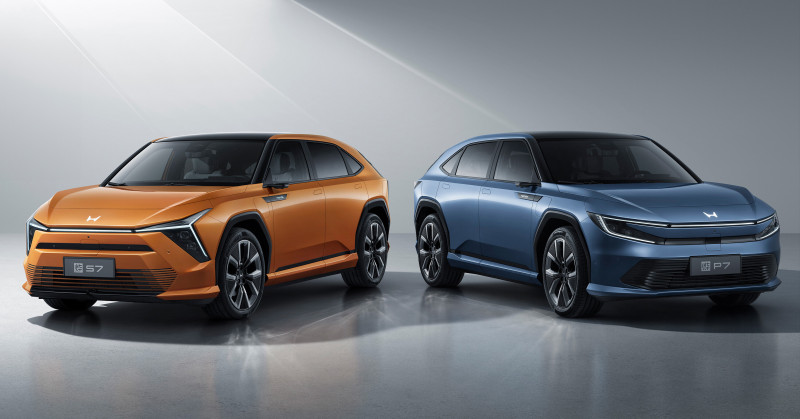
Sales of Honda S7 and P7 have remained sluggish since their launch
The S7, produced by Dongfeng Honda, is positioned as a high-end performance SUV with an initial starting price of 259,900 CNY (approximately 1,177,000 THB or 155,000 MYR). However, its first-month sales were only 373 units and declined month by month, totaling just 616 units as of July 2025.
The P7, introduced by GAC Honda and aimed at family practicality, has a starting price of 199,900 CNY (approximately 905,000 THB or 119,000 MYR). After an initial monthly sales of 437 units, it quickly dropped to less than 200 units monthly, with cumulative sales reaching only 966 units.
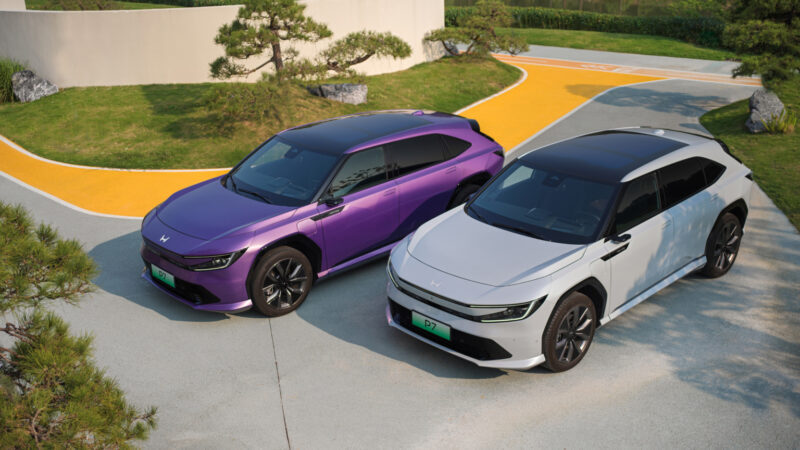
Honda S7 and P7's pricing is too high, and products lack competitiveness
Honda attempted to transfer the high-end premium from the era of fuel-powered vehicles to the field of electric vehicles. However, the excessively high pricing caused the S7 and P7 to be at a disadvantage in China's price war.
One month after its launch, the S7 was forced to reduce its price by 60,000 CNY (approximately 272,000 THB or 36,000 MYR).
In terms of product capabilities, the Honda S7 and P7 equipped with the Honda SENSING 360+ system lack support for lidar technology, making them incapable of enabling navigation-assisted driving (NOA) features on highways and in urban areas. Meanwhile, Chinese domestic brands such as Xpeng G6 and AITO M5 have already made such technology a standard feature, while even the Toyota bZ3X comes equipped with these features.
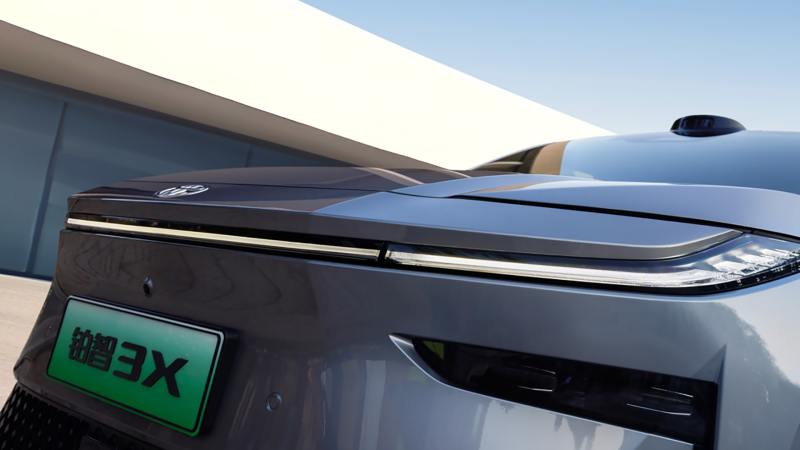
Although the CLTC range of the S7 and P7 reaches 620-650 kilometers, the car system functions are limited, voice interaction experience lags behind other local Chinese brands, and there are doubts that Honda simply converted its original fuel vehicles into electric ones, further weakening consumer confidence.
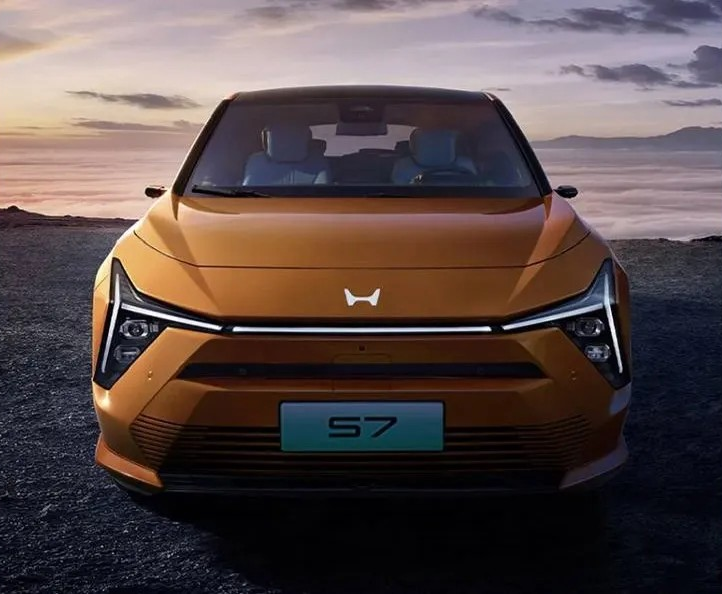
In comparison, competitors such as Toyota bZ3X and Nissan N7, priced in the 100,000-150,000 CNY range (approximately 452,000-679,000 THB or 60,000-88,900 MYR), are equipped with advanced intelligent driving technology, rapidly capturing market share.
Since its launch in April 2025, the Nissan N7 has quickly surpassed 6,000 units in monthly sales, becoming one of the top performers among Japanese car brands. This success is attributed to its collaboration with local tech companies such as Momenta, enabling intelligent driving features.
The Toyota bZ3X achieved over 20,000 deliveries within four months of its launch, with more than 30,000 orders placed.
Honda EV's product failure is not due to scale issues
The EV products released by Honda all suffer from being overly expensive, and this issue is not limited to the Honda S7/P7 but also includes the e:N1 and the Afeela 1 launched in North America.
The high price is not conducive to promoting these products. Honda had originally planned for EVs to account for 30% of its sales by 2030, but due to the failure of the S7 and P7, that target has been revised down to 20%, with a shift towards focusing on hybrid models.
Although Honda has established partnerships with Momenta, DeepSeek, and CATL, the slow implementation of these technologies has failed to enhance product competitiveness in a timely manner.
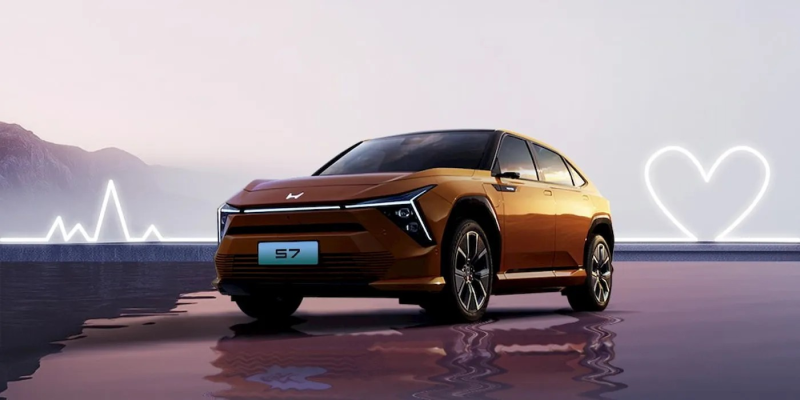
In addition, the issue is exacerbated by brand perception bias. Honda's electric vehicle marketing presence in China is less than a quarter of the industry average, and the dealership network has service issues such as forced consumption and repair fraud complaints, further undermining consumer confidence.
In August 2025, GAC Honda's Executive Vice President Li Jin was transferred, and Gao Hongxiang took over the position in an attempt to reverse the decline through personnel adjustments.
Although Honda has proposed a transition to electrification, this strategy has not been well implemented and it has already fallen behind Toyota, Nissan, and Mazda. This may be the price Honda is paying for its insistence on traditional development models.
If any infringement occurs, please contact us for deletion
Trending News

BYD Sealion 7 is not only cheaper than Tesla Model Y, what other differences do they have?
Is it better to buy the BYD Sealion 7 or the Tesla Model Y? This really makes one a bit hesitant, but before you make a decision, I recommend you take a good look at this article.

2026 Toyota Hilux Travo released, the brand-new exterior and interior are highly anticipated
If you're considering buying a Hilux, honestly, the comprehensive innovations in the ninth generation are worth waiting for. While the current model might still have some advantages in terms of reliability and price, the new model offers significant changes in terms of exterior and interior luxury, tech features, and powertrain options.

Toyota Land Cruiser FJ did not disappoint, the most anticipated civilian off-road vehicle is back.
Since its birth in 1951 under the name Toyota BJ, the Land Cruiser series has accumulated sales of approximately 12.15 million units in over 190 countries and regions worldwide, becoming a global off-road icon spanning more than 70 years.

In Malaysia, which sliding door MPVs are available?
The numerous advantages of sliding door MPVs make many people fond of this type of vehicle. However, MPVs are not a mainstream choice in the car market, so many people might not know which MPVs are available domestically.

Should I choose the top-tier Toyota Corolla Cross, or the entry-level Fortuner?
Should we spend more money on a compact SUV, or add a bit more to buy a larger SUV? Although for many families, the 20,000 MYR price difference is not a small amount, considering that the number of family members may increase in the future, choosing a more practical and spacious car can save the trouble and cost of replacing a vehicle later on.
Popular Cars
Model Year
Car Compare
Car Photo

